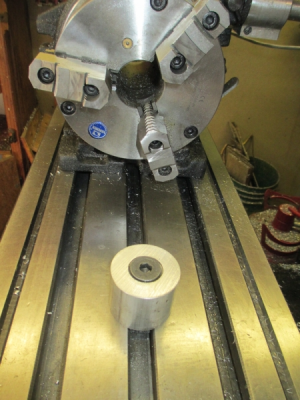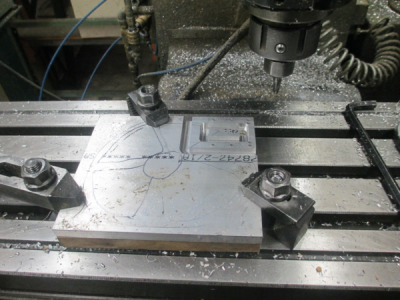- Joined
- Mar 22, 2014
- Messages
- 870
I am using a clamping kit to hold work down to the table of my Atlas mill. By clamping kit I mean the usual kit that includes studs, flange nuts, Tee nuts and serrated blocks. I worry that if I tighten the nuts too much I might risk breaking out the table T slot.
What is the proper way to use one of these kits? Should I be compressing the T slot and not pulling up on the T slot? How would I do that?
What is the proper way to use one of these kits? Should I be compressing the T slot and not pulling up on the T slot? How would I do that?


